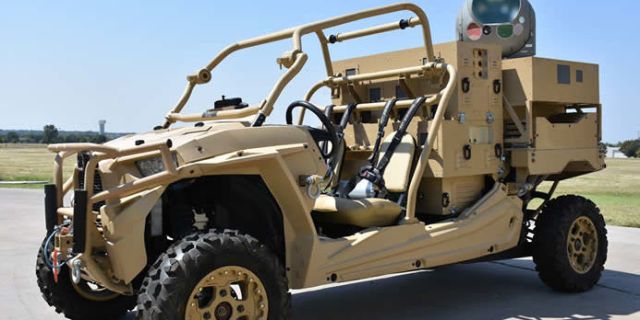Hugh White isn't the most popular defence analyst around and even though his recent work isn't in vogue, I wouldn't necessarily dismiss it out of hand because he does raise valid points that should be discussed. So I would read the his article,
AFA Weekly: Morrison’s defence fantasy, cited by Van Jackson because it has quite significant relevance to the Van Jackson article and to the wider topic of Australian deterrence.
How can Australia deter the PRC? What weapons systems / capabilities has it got that is going to cause the Central Military Commission (CMC) of the CCP to shake in their boots? Last time I looked nothing apart from ANZUS and given the way that the US has been treating its friends and allies in recent times, there is no guarantee that they will honour the ANZUS Treaty either, even if there is a change in the White House. So let's put ANZUS to one side because that's a different Pandora's box, and work with the scenario that ANZUS doesn't exist.
Australia doesn't have nuclear weapons so that's the its first problem. There's no political will to obtain them, plus the little matter that it's a signatory to the Nuclear Weapons Non Proliferation Treaty and Australia tends to uphold agreements that it signs, unlike some other nations.
It also does not have any long range missiles such as IRBM so is dependent upon submarines or aircraft to launch missiles on the PRC homeland, but then they are restricted in range to no more than 500 nautical miles because of the non proliferation treaty. Hence the ADF cannot strike the PRC hinterland beyond 450 - 500 nm from the coast.
The CMC have little concern for casualties so a large loss of life in the achievement of a political and military objective would not be cause for concern. Remember that in the PLA any military objective is also a political objective. This means that the ADF would have to destroy most if not all of a PLAN Task Force and the associated PLAAF Force. The question is would the ADF be capable of destroying such a force and still have enough platforms, weapons and personnel remaining to repeat the same against another similar sized or large force, possibly more than once? How many times the PLA will attack an objective to secure it depends upon how much of a political significance that the CMC has placed upon it. So you cannot assume or assess how the PLA will react or respond through a western military lens, because they simply don't operate like we do. Everything in their world has a political dimension that has to be accounted.
The real question is what price is Australia willing to pay for its deterrence and what kind of deterrence does it want? If it wants the kind of deterrence where it can threaten the PRC homeland then it has to be prepared to pay the price for the capabilities to give it that capacity.
I have purposely left out alliances with other nations, because I wanted to discuss this in purely an Australian context.
 www.dfat.gov.au
I would suggest that aid to those in the Pacific region be considered as strategic to counter "aid " from elsewhere
www.dfat.gov.au
I would suggest that aid to those in the Pacific region be considered as strategic to counter "aid " from elsewhere

 www.lowyinstitute.org
www.lowyinstitute.org






